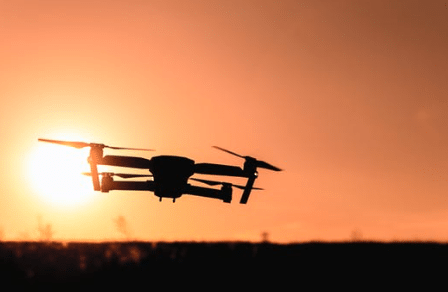
Introducing drone operations into the nation’s airspace can provide substantial benefits to society, such as preventing derailments, inspecting cell phone towers, delivering medical devices to patients in cardiac distress, and assisting firefighters, said the NASEM report. The report said the FAA’s tendency to “overestimate the severity and likelihood of risks from many types of drone operations, can be a significant barrier to introduction and development of this emerging and rapidly changing technology.”
The NASEM report cited examples of Unmanned Aircraft Systems (UASs) reducing risks and saving lives. Earlier this year, a drone reportedly saved two swimmers in New South Wales, Australia, who were caught in rough ocean surf. A lifeguard supervisor spotted the swimmers in trouble and used a drone to drop an inflatable device.
“FAA needs to accelerate its move away from the ‘one size fits all’ philosophy for UAS operations,” said George Ligler, proprietor of GTL Associates and chair of the committee. “The FAA’s current methods for safety and risk management certainly ensure safety within the manned aircraft sector, but UASs present new and unique challenges and opportunities, which make it important for the agency to take a broader view on risk analysis.”
The report urges the FAA to understand the threshold of risk the public is likely to accept for small drones, in the same context as other levels of publicly accepted risks for activities such as traveling by car, swimming in the ocean, or walking across the street. Such an approach can particularly help establish appropriate safety standards for many UASs beyond those currently defined in FAA regulations that govern relatively small-sized drones, the most common types flying today.
“Overly stringent certification and operational approval requirements for drone operations that are relatively low risk have the potential for placing unnecessary burden on the business case and implementation timeline for those operations, stifling innovation,” Ligler added.
Published June 13, 2018




Reader Interactions